Human visual sensitivity is primarily in the green and yellow part of the spectrum and is depicted by the thin solid line. Circadian rhythms are controlled by light emitted within the dashed curve. The color of light emitted by a typical bluish-white 5500 Kelvin LED is depicted by the bold line. A large portion of light emitted by this light source falls outside of the human photopic vision range, and falls within the circadian rhythm curve. IDA recommends limiting blue light emitted below 500 nm, as indicated by the shaded section of the graph.
According to the organization, bluish light produces high levels of light pollution with significant environmental impact. Specifically, blue light has a greater tendency to affect living organisms through disruption of their biological processes that rely upon natural cycles of daylight and darkness, such as the circadian rhythm. While improving outdoor lighting efficiency, bluish-white light sources escalate the environmental damage caused by artificial lighting.
IDA discourages the use of bluish-white lamp sources with a correlated color temperature above 3000K. If IDA had its way, developers of light sources should be required to refine their products to limit blue light at wavelengths shorter than 500 nm.





You must be logged in to post a comment.